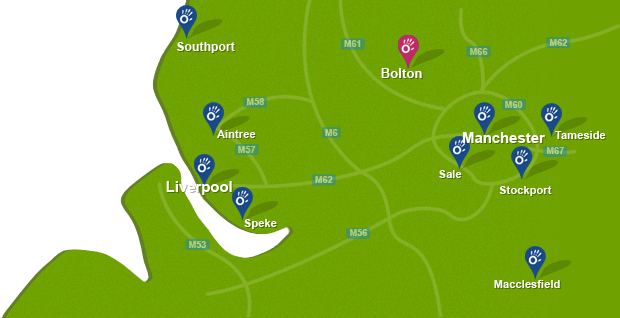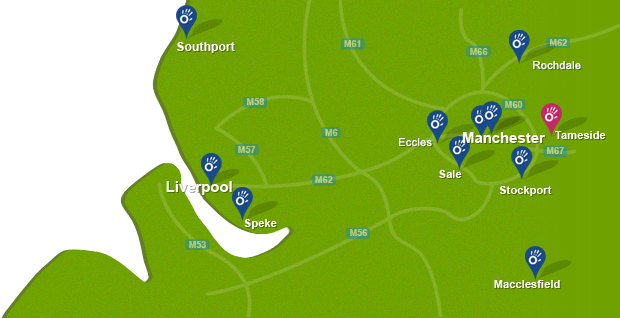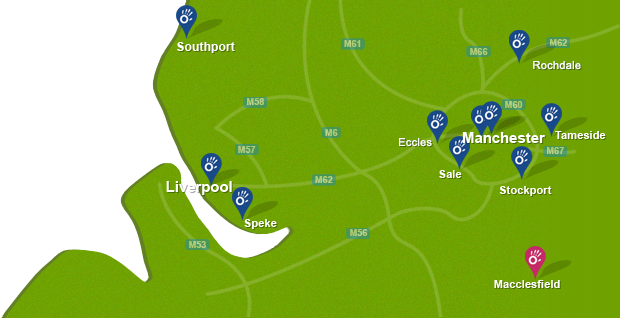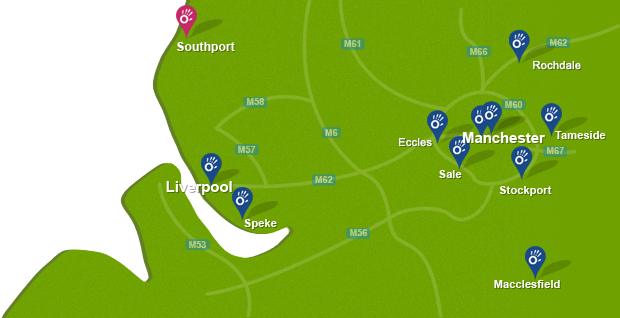Trigger pointing is a massage technique which applies pressure to trigger points to relieve pain, improve muscle healing and restore range of movement. Massage therapists at Manchester Physio can use trigger pointing as an effective treatment for a range of conditions.
 Above: Trigger point massage on trapezius and anterior scalene muscles
Above: Trigger point massage on trapezius and anterior scalene musclesWhat is a trigger point?
A trigger point is a highly-irritable neuromuscular point. A neuromuscular point is the meeting place of a nerve and muscle. A neuromuscular point is painful when compressed and is associated with a dysfunctional reflex causing muscle spasm. When an area of the body becomes irritated, the body can misinterpret the signal causing the person to feel pain at the point at which spasm occurs as well as coming from somewhere else. Trigger points are accumulations of waste product around a nerve receptor; they can feel like nodules or taught bands of fibres. Trigger points may form in muscles which are overused, injured, unbalanced or post-surgery.
What is trigger pointing?
Trigger pointing is a massage technique in which pressure is applied on a trigger point. Trigger pointing enables pain to diminish and the tight point of muscle (under the therapists thumb) softens and relaxes. The high pressure on a specific area causes reduced blood flow, cellular damage and the removal of waste products. Trigger pointing deliberately causes the blockage of blood to an area so that upon release, there will be an inflammatory response and a resurgence of blood. An initial inflammatory response is for blood circulation to increase around the affected area. An increase of blood flow allows the healing process to begin.
What is trigger pointing used for?
Trigger pointing is an effective massage technique. Trigger pointing is used:
- To relieve muscular aches and pains
- Improve muscle healing
- Increase range of movement
Trigger pointing can be beneficial to relieve pain. Trigger pointing is used to diminish pain from a trigger point through applied pressure. The pressure applied acts as an autogenetic inhibition. Autogenic inhibition is the reflex inhibition of a motor response to excessive tension in the muscle fibres it supplies. When maximum contraction is applied it is followed by maximal relaxation promoting a release of pain.

Trigger pointing is used to improve muscular healing. Trigger pointing is used to deactivate trigger points by promoting the removal of waste products, supplying the necessary oxygen and helping affected tissues to heal.
Trigger pointing can also be used to increase range of movement. Trigger pointing releases the tension in the muscle and allows an increase in range of movement and motion around the joints.
What are the benefits of trigger pointing?
Trigger pointing has many benefits. The benefits of trigger pointing include: The benefits of trigger pointing are decreased pain, decreased tension and increased healing.
One benefit of trigger pointing is decreased pain. Trigger pointing slowly decreases pain through the pressure which is applied. Maximum contraction is applied followed by maximal relaxation decreasing the pain threshold. A decrease in pain and a new increase of blood circulation to an affected area allows the muscle to heal and restore an increase of range of movement.
Trigger pointing is also beneficial to decreasing tension in the muscles. Applying pressure to specific areas on in the muscle stimulates blood around an area. Increased blood increases temperature of the muscles promoting relaxation. Relaxed muscles allow tension to be reduced.
Trigger pointing is effective to help increase healing. The high pressure on a specific area reduces blood flow and restricts oxygen to the cells causing cellular death. A release of this pressure inhibits an inflammatory response and generating a new resurgence of blood. Trigger pointing helps maintain healthy muscles by flushing away toxins.
 Above: Trigger point massage on gastrocnemius
Above: Trigger point massage on gastrocnemiusHow does trigger pointing help?
Trigger pointing helps by removing waste products, increasing blood circulation and breaking down adhesions and scar tissue.
Trigger pointing helps bu removing waste products from the muscles. The aim of trigger pointing is to deliberately cause the blockage of blood to an area so that upon release, there will be a removal of waste products, supplies the necessary oxygen and helps affected tissues to heal.
Trigger pointing also helps by stimulating new blood circulation. Before fresh blood is stimulated, pressure reduces the blood flow and oxygen which causes cellular death. During applied pressure pain will decrease. When pressure is release chemoreceptors will cause an inflammatory response. The first stage of an inflammatory response is the increase of blood circulation. The blood vessels around the site of inflammation dilate, allowing an increased blood flow to the area. Trigger pointing decreases the pain and allows the muscle to regain range of movement.
Trigger pointing helps to break down adhesions or scar tissue in the muscles. Adhesions and scar tissue can be rigid and restrict movement. Trigger pointing technique increases the blood circultion and breaks down collagen fibers restoring movement in the tissues.
Summary
Trigger pointing is a massage technique which applies pressure to trigger points to relieve pain, improve muscle healing and restore range of movement. Trigger pointing can be used to treat pain post exercise and part of a training programme. Massage therapists at Manchester Physio can use trigger pointing as an effective treatment for a range of conditions.
How can I arrange an appointment for Trigger Pointing?
To arrange a Trigger Pointing treatment, e-mail us at office@manchesterphysio.co.uk or call 0161 883 0077.


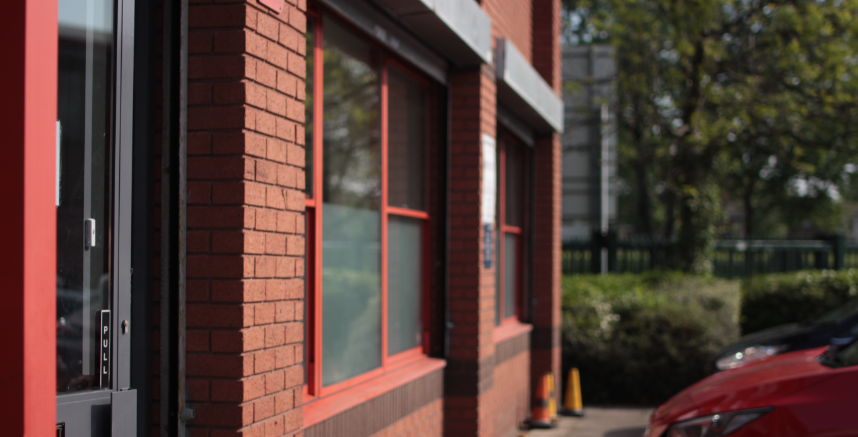
 0161 883 0077
0161 883 0077





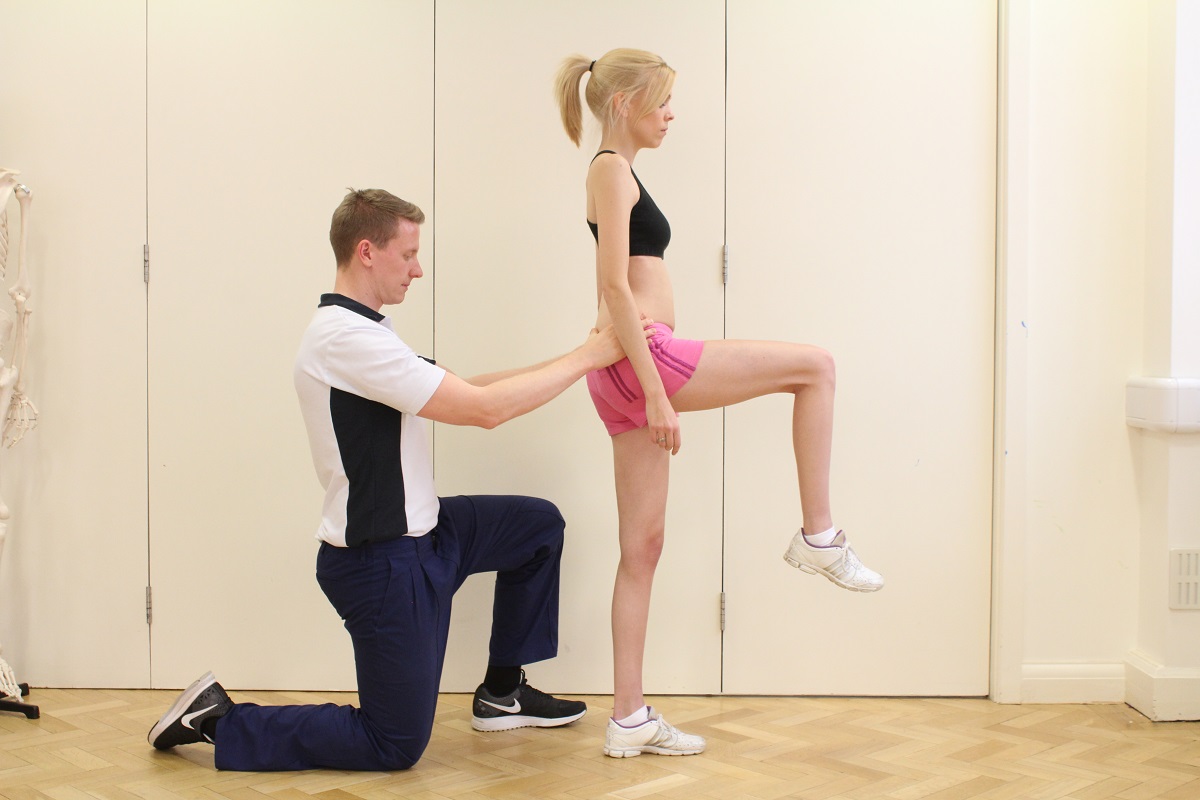

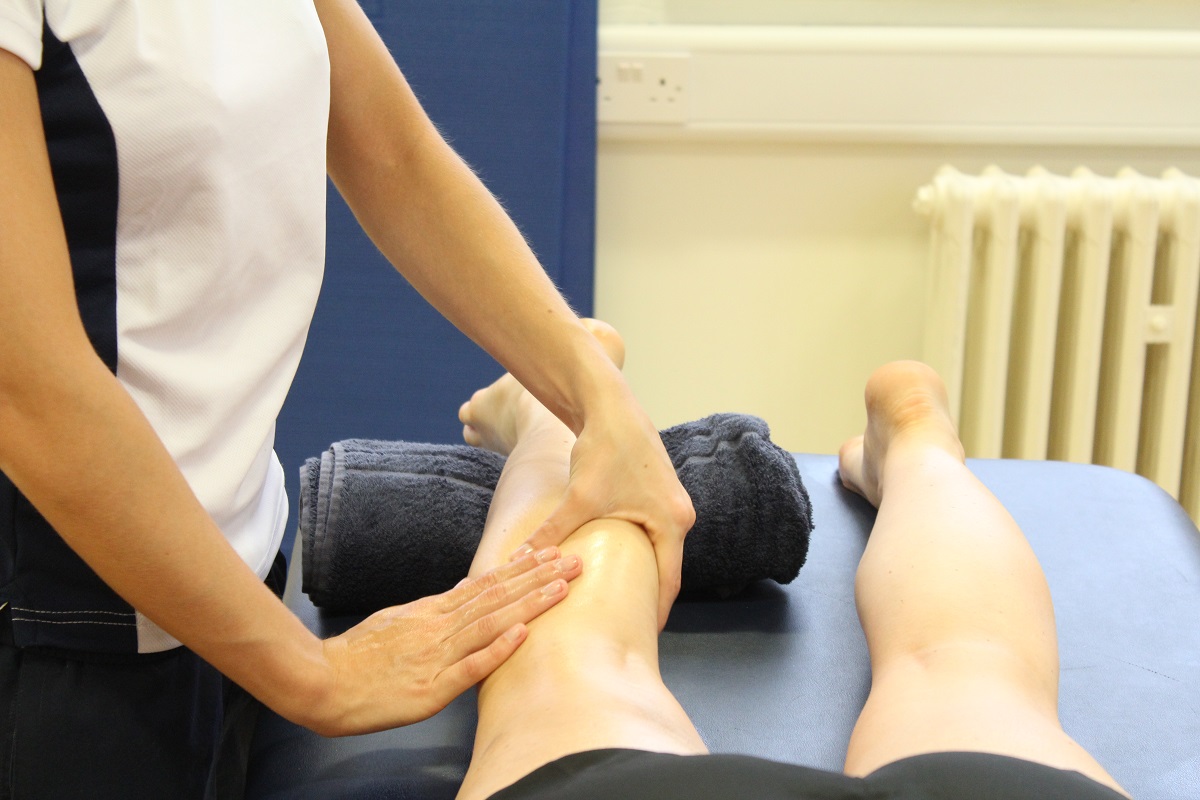

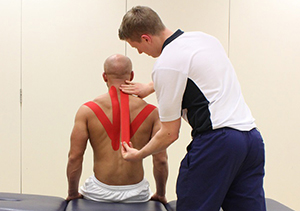

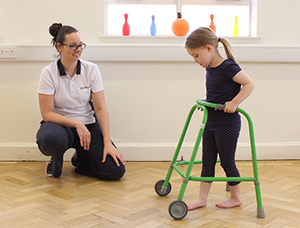
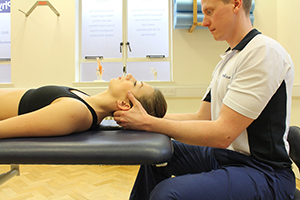


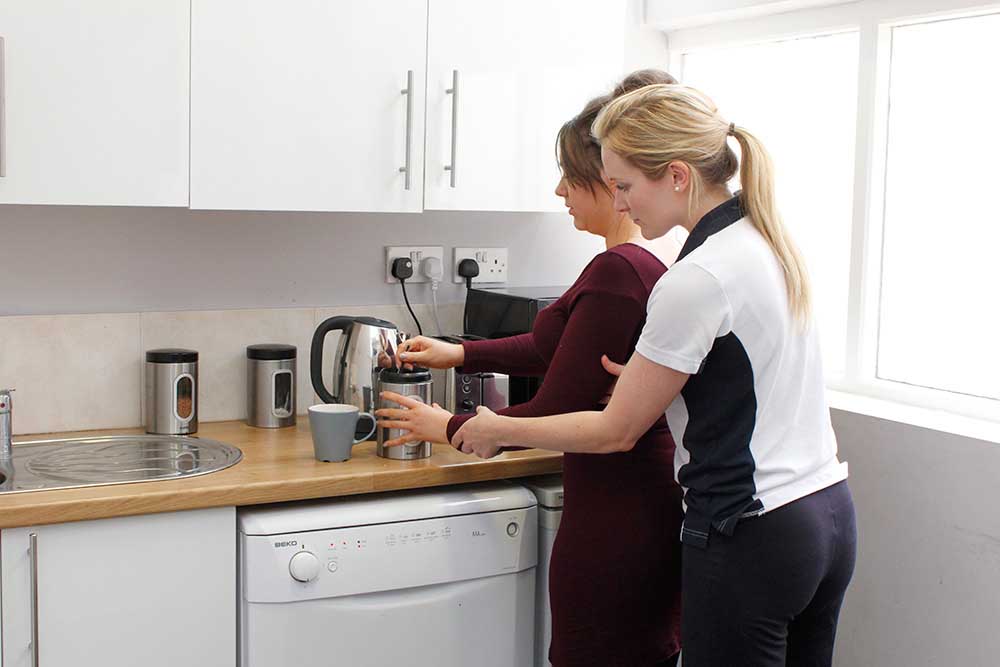




























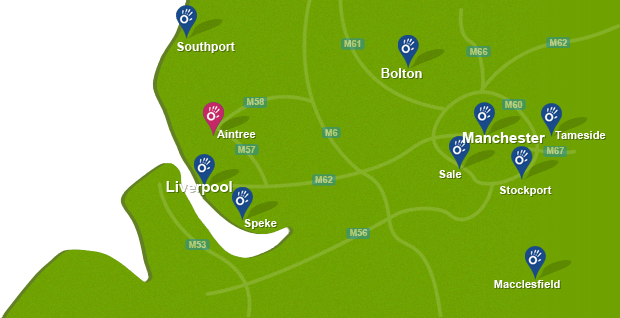

 f
f
